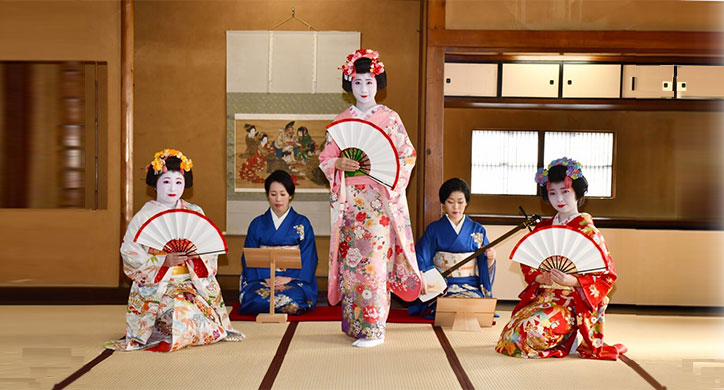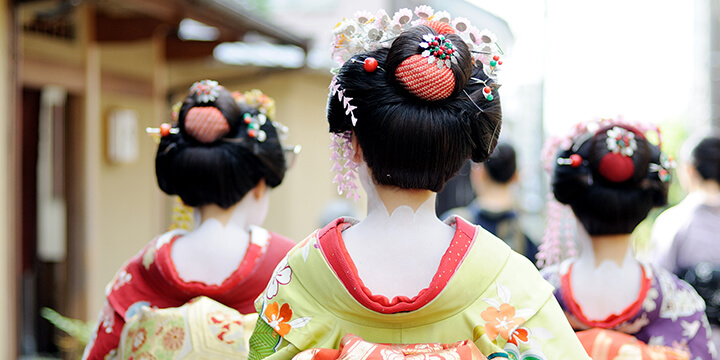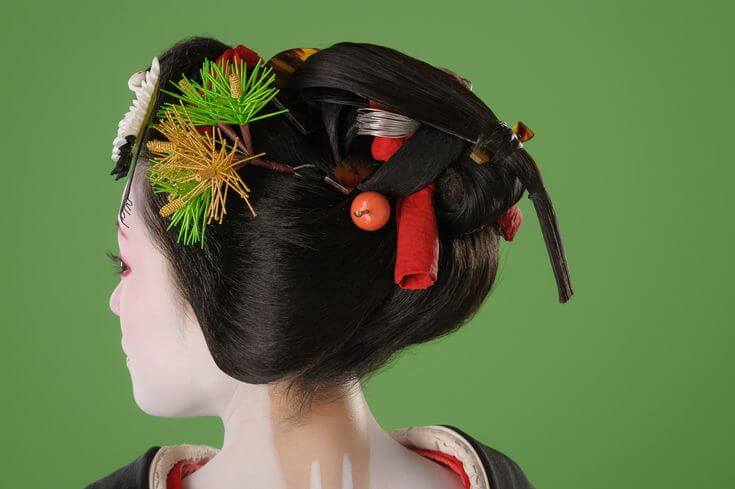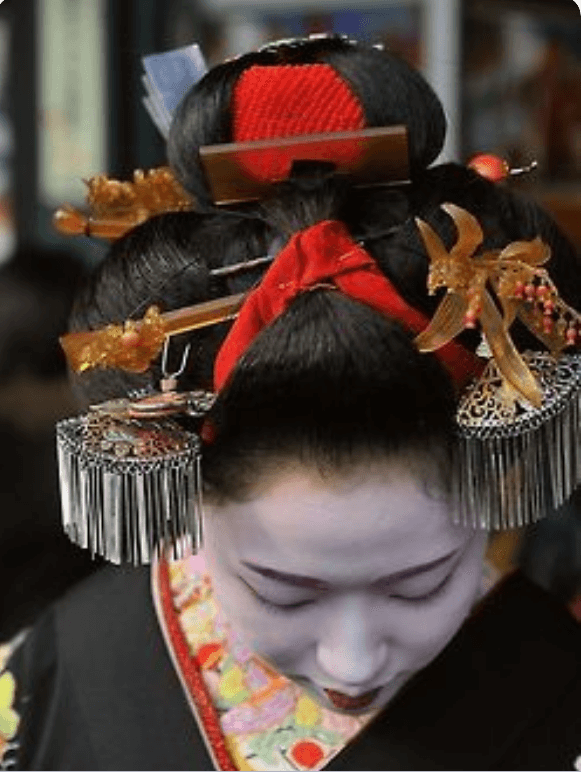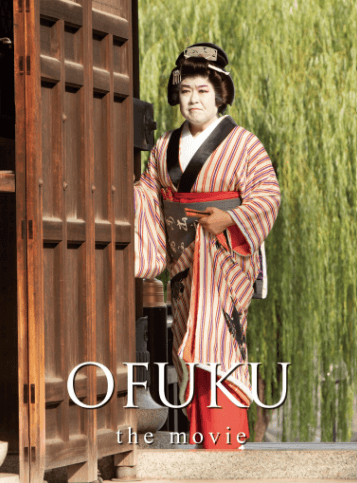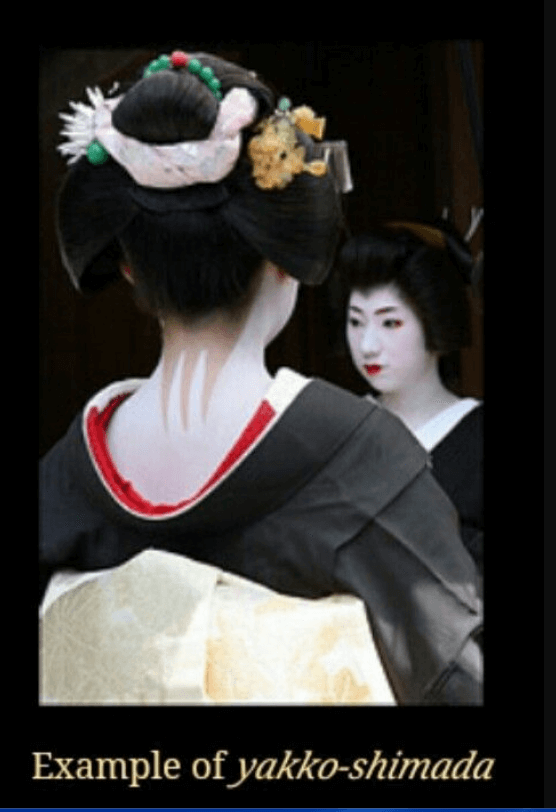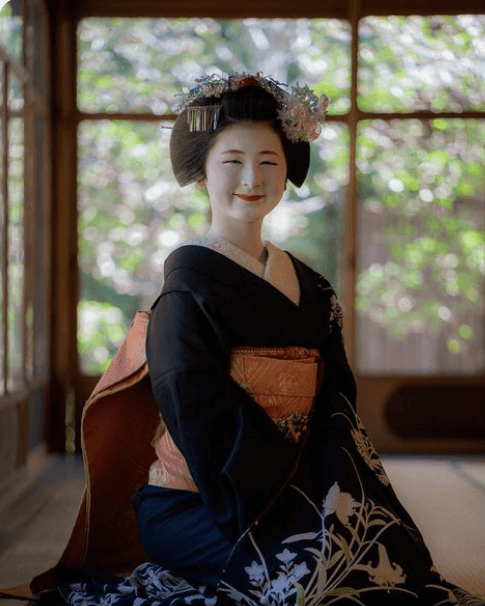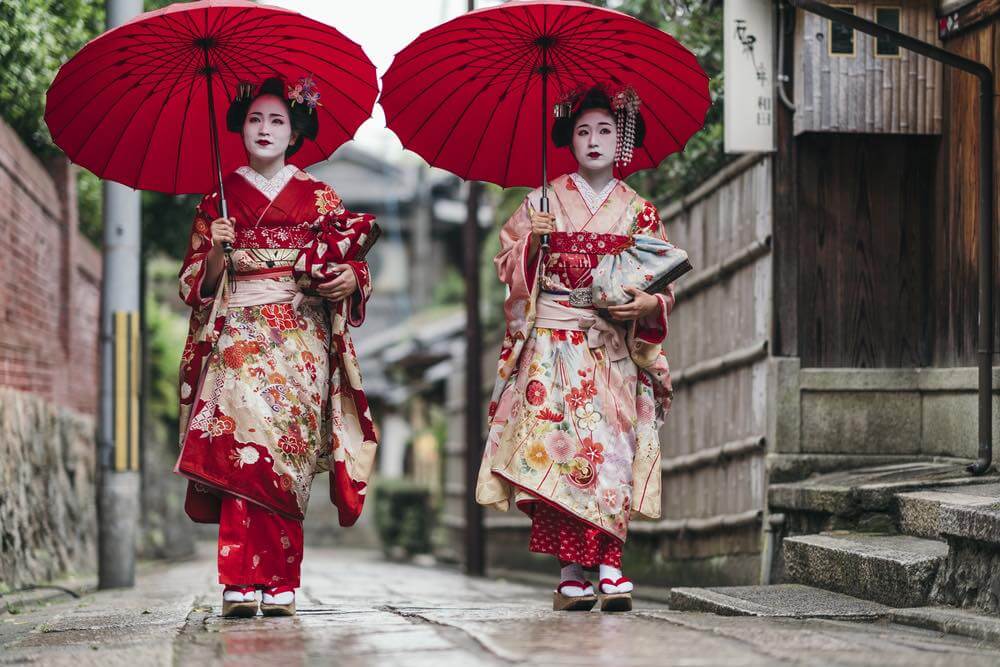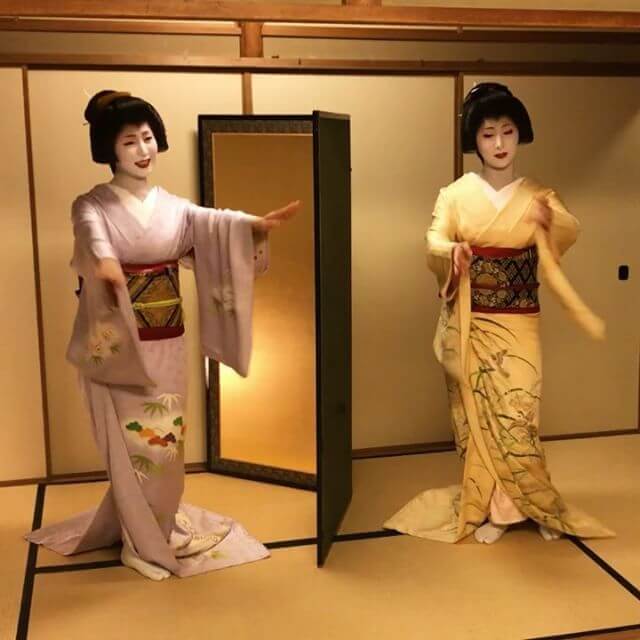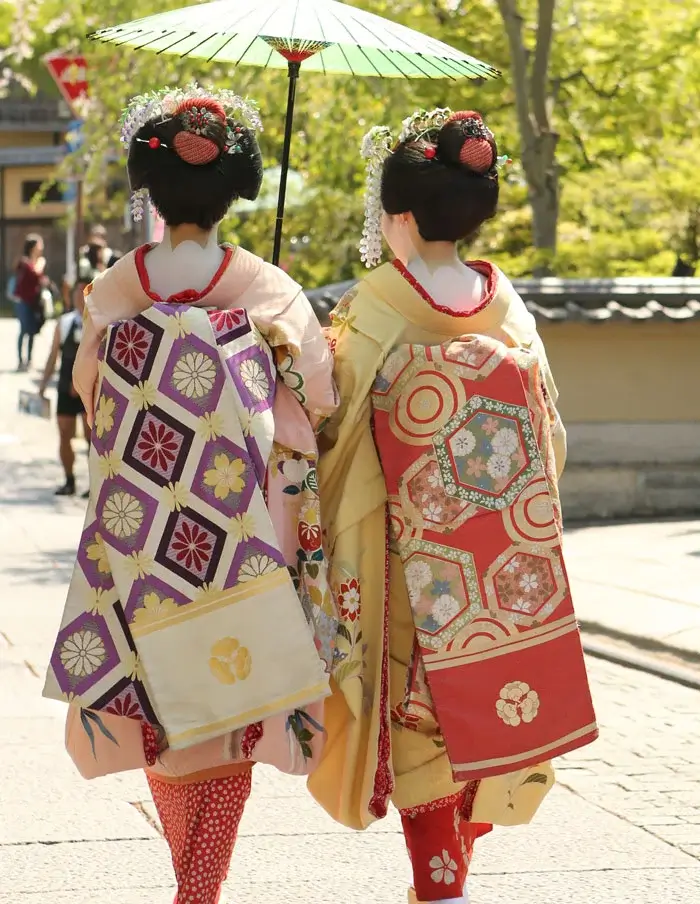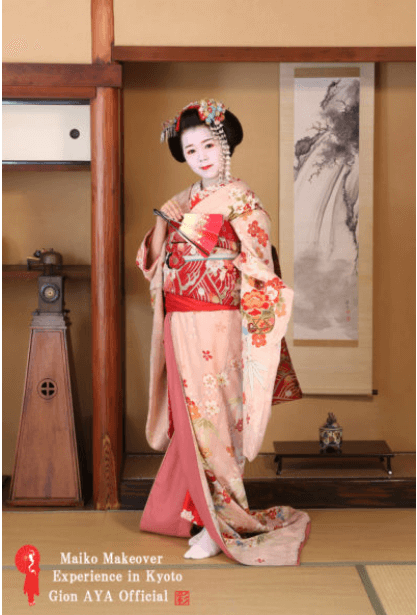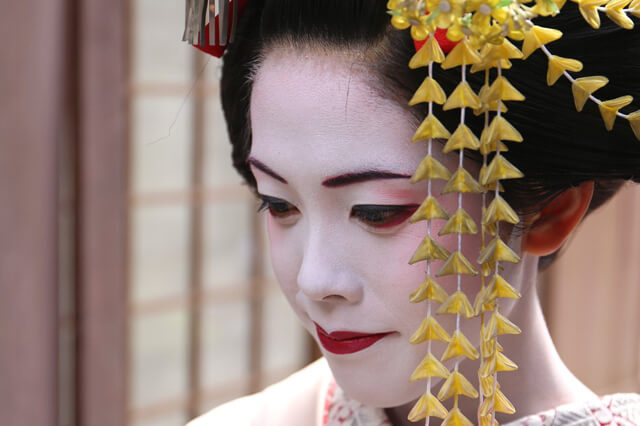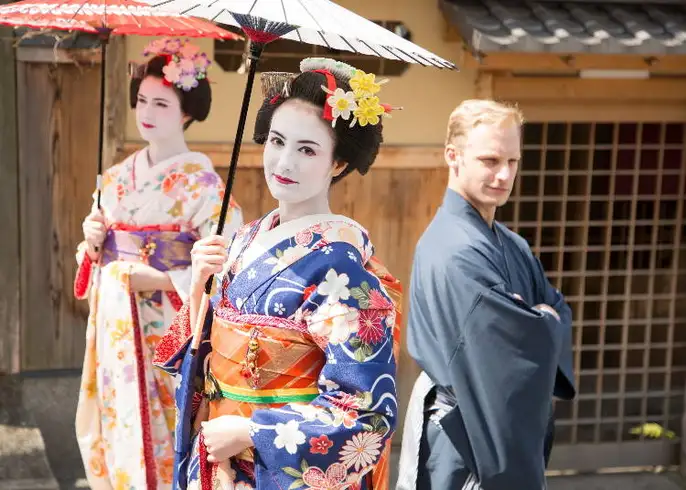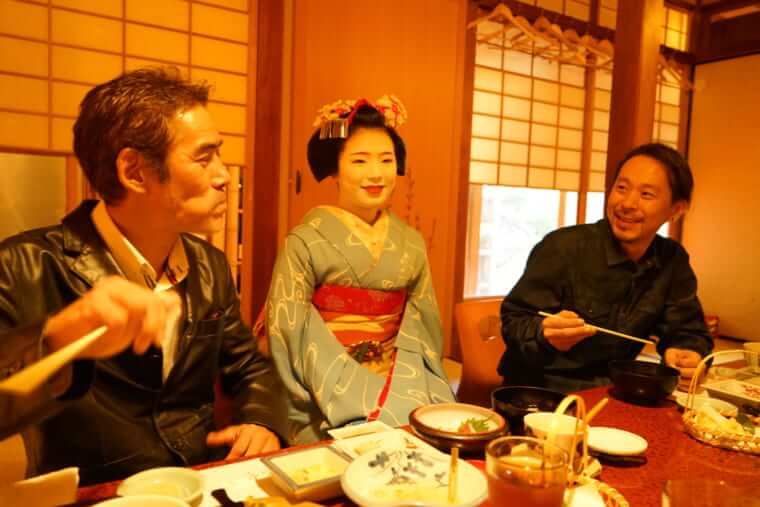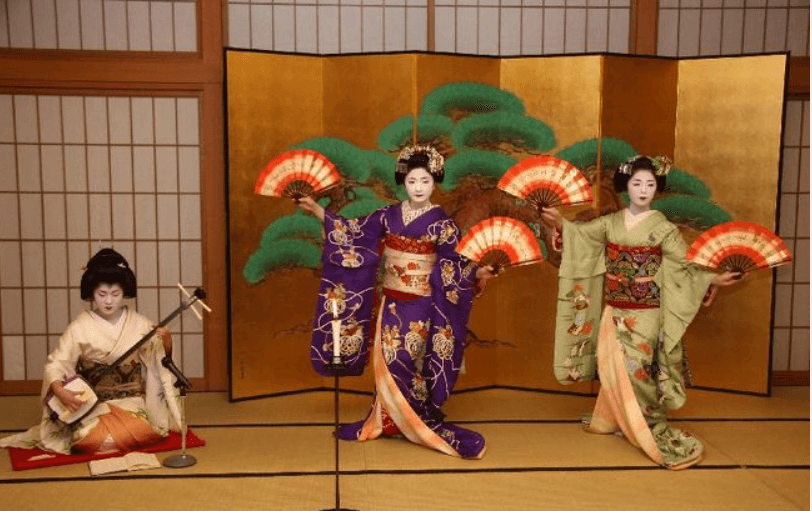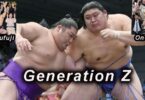Hi how are you doing? Today’s theme is maiko. which is not “Geisha” or “Geiko”.
Contents
What’s Maiko and what’s difference of Maiko, Geisha, and Geiko?
Maiko is an apprentice of geiko in Kyoto.
But in Tokyo, we say geisha and their appprentice is called Hangyaku/Oshaku.
Their jobs consist of performing songs, dances, and playing the shamisen or other traditional Japanese instruments for visitors during Ozashiki (guest exclusive room).
Maiko are usually aged 15 to 20 years old and become geiko after learning
how to dance the traditional dances, play the shamisen, and learning Kyō-kotoba (dialect of Kyoto), regardless of their origins.
And these women dancing with such elegance are maiko and geiko-female entertainers who perform traditional Japanese music and dances at exclusive parties.
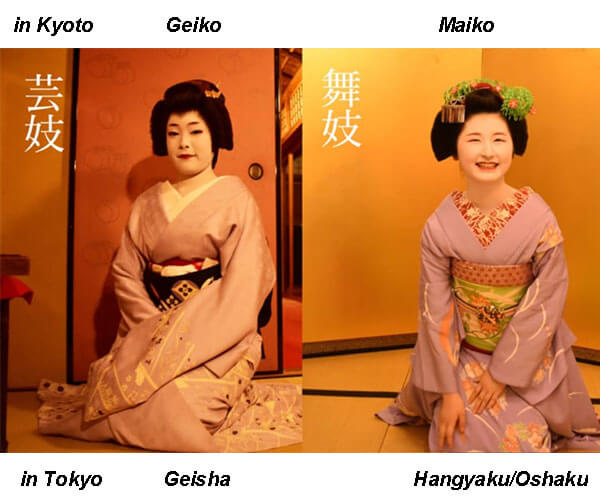 The difference between Geiko and Maiko is simply the difference in age and experience
The difference between Geiko and Maiko is simply the difference in age and experience
There are about 30 maiko working today in Kyoto’s Gion district, which is one of the most famous nightlife destinations in Japan.
What’s characteristc of their appearance?
The appearance of maiko retains many of the aspects of women’s fashion in the Edo period (1603~1868).
1. Hana kanzashi (ornamental hairpin): In addition to the kanzashi(hairpin) that change with the season each month, special kanzashi are sometimes worn during festivals
2. Kago (bag):It is Maiko’s bag. It contains a dance fan, a towel, makeup for touch-ups, and lipstick
3. Pocchiri (obidome) (Sash/Fastening band): It is a large obidome. There are also luxurious ones with jewels and other decorations. It is an accessory that is also a symbol of Maiko’s attire, but it is not worn when in formal attire
4. Obi (darari) (Sash/Belt): The “darari obi” is Maiko’s trademark. The pattern and material change with the seasons. The end of the obi has a kago-moji crest
5. Okopo: It is a unique high-backed wooden clog
Kamigata (Hair)
During their career a maiko will wear different kinds of Nihongami (Japanese traditional hairstyles) depending on rank, formality and occasion. They decorate their hairstyles with seasonal kanzashi (traditional hair ornaments and/or hairpin) which are modeled on seasonal flowers and changed every month.
Maiko, unlike geiko, use their own hair and not wigs. They go to the nihongami hairdresser once a week, meaning that they have to sleep on a takamakura (wooden block with a pillow) in order to maintain it.
Kamigata-Sakko
Sakkō is the last hairstyle worn by maiko before becoming full fledged geiko, and is worn for two weeks before the erikae.
It is the most elaborate and expensive of all the hairstyles. It’s decorated with formal tortoise shell kanzashi, and a special sakkō kanzashi designed by the maiko herself, with auspicious animals like cranes and tortoises.
The mage is very complex and has a hanging streak of hair. The night before the erikae the okaa-san (proprietress) and fellow maiko and geiko will cut the streak of hair and the ties holding the hairstyle together.
Kimono-Wareshinobu
Wareshinobu is worn by junior maiko for the first 2-3 years. A mage (bun) is made by inserting two red kanoko (padded silk) and is then decorated with a kanokodome in the center of the mage.
It’s worn for misedashi (formal debut) where they will wear formal kanzashi made out of tortoise shell, silver and red miokuri and two bira bira.
Kimono-Ofuku
Ofuku is the default hairstyle for senior maiko.
It looks similar to wareshinobu, but the mage has a slightly different shape, and instead of stuffing the kanoko inside the mage (bun), they will wear a tegara (triangle of silk) pinned to the outside.
The color of the tegara changes as the maiko gets older. Right after switching hairstyles it will be red, then pink and finally different colors.
Kimono-Yakko Shimada
Yakko Shimada is worn by senior maiko for Shigyoshiki (the start of another year), Hassaku (summer Thanksgiving in Gion Kobu only), and when performing the tea ceremony at odori.
The hairstyle is trademarked by a string of beads placed over the mage, which is punctuated by a single colored kanzashi, known as hatsuyori.
For winter the hatsuyori will be mainly coral with one jade bead, and for summer it will be mainly jade with one coral bead.
The hairstyle also has a long kanoko tied under the mage that can be many colors, although red is most common.
Kimono-Katsuyama
On either side of the mage are bon-ten (silver flower kanzashi).
It is said that the hairstyle was created by the oiran Katsuyama from the Edo period.
Kimono-Hikizuri
Maiko wear special kimono called hikizuri. They are usually 200 cm long, with a padded hem to create weight so it will trail beautifully on the floor.
When outside a maiko will hold her hikizuri up with her hands, or tie it in place so that it does not touch the ground.
The sleeves are long like a those of a furisode. The kimono can be any color and the motifs and patterns are seasonal.
For formal occasions the maiko will wear a black hikizuri with 5 okiya crests.
Kimono-Darari Obi
The darari obi is a 6-7 meters long obi worn exclusively by maiko. Due to its length and weight an otokoshi-san (male dresser) is needed to tie it.
At the end of the darari obi is a crest, so that every one can see which okiya the maiko belongs to.
For formal occasions the maiko will wear a gold darari obi.
There kimono designs should also convey a sense of seaon, cherry blossoms in spring, irises or fireworks in summer, maple leaves in autumn, and so on. Wearing seasonally appropriate kimonos is part of their job.
Other features
There appearance is also designed to emphasize their youthfulness. The unusually long sash that droop down at the back gives the wearer a petite impression.
And these 10-centimeter-high platform sandals are intended to make the wearer look clumsy and childlike when she walks.
Their makeup has also remained unchanged over the centuries. maiko only use the three traditonal makeup colours-whiite, red, and black.
The white mask-like foundation suggests the appreciation of white skin that has existed since ancient times.
The red is thought to add feminine appeal, while the black gives the face definition. It’s the skilful combination of three colours that creates the distinctive look of maiko.
The world of maiko may seem glamorous, but every maiko must undergo rigorous training. They have lessons in singing, dancing, and playing instruments, as well as etiquette training.
Maiko also have to entertain their guests by pouring their drinks, chatting, and playing games. This means they have to have good conversation skills.
What’s their origins?
The origins of maiko and geiko date back about 400 years, when women who worked at chaya rest houses served refreshments to people vising Gion Shrine, which is now called Yasaka Shrine.
In due course, these women began to dance and play the shamisen to entetain customers. They were the forerunners of todays’s maiko and geiko.
Anyway Maiko are modern young girls who have chosen to keep alive a colourful aspect of traditional Kyoto.
With these information inside you, why not have a try to be entertained by Maiko when you visit Kyoto?
They are waiting for your visit with patience, Have a good time and Good Luck!
Finally, we have other three blogs related to Geisha, “Geisha” and “A beautiful life, a Geisha from Australia”, and “2020 New Year’s Resolution & Hospitality of Geisha from Kyoto & Tokyo” to be well woth to visit, thanks

